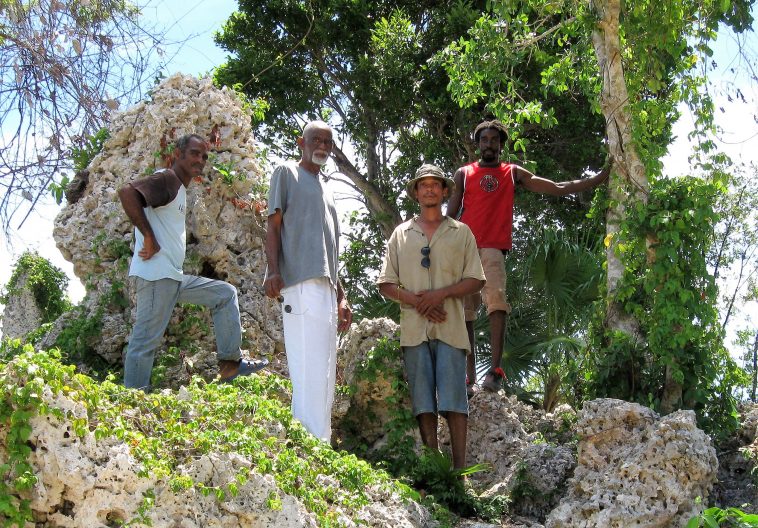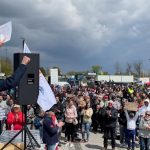He was clearly a septuagenarian adventure seeker when we traveled to his birthplace, Honduras.It’s September 2008 when Sebi and I arrive there to work on Dembali. This is a short account of an adventure with a man who brushed off age and scaled an island’s rock mountain.
The two-week trip begins in Roatán, a Honduran island about a thirty-minute boat ride from the mainland. It’s home to the world’s second-largest barrier reef, the Mesoamerican system—at that time a snorkeler’s playground bursting with vibrant pastel and fluorescent coral and tropical fish. Today, global warming, pollution and the red lionfish invasion have changed all of that. They affect the region so much that the reef is now an endangered ecosystem.
We stayed at the east end of Roatán, at a remote resort called Paya Bay. Smaller than the luxury hotels on the island, Paya Bay sits on a coastal bluff that overlooks the sun-splashed Caribbean Sea. It boasts two beaches, including one for guests who practice naturism, commonly known as nudists.
The SUV Sebi brings back to Paya Bay is the vehicle he uses. It takes us from Paya Bay to West End, Roatán, from a small waterfront community lined with shotgun houseboats and cabins to the home of Ploney Jones, the boat captain that gave a young Alfredo Bowman his first merchant seaman job back in the 1950s.
We arrive at an east-end dock where a young Afro-Honduran man – who appears to be in his late twenties – and a small motorboat wait to take us to a thirty-acre community around the island’s bend. No paved roads exist on that part of the island, making it necessary to commute by boat. Sebi’s cousins, ages seven to sixty, own and live on the coastal property. It stands out as a perfect example of the independent “village” living Sebi encourages. Makeshift but functional accommodations serve the family villagers: a mail service shed, a boat dock supplied with gasoline, a three-table dining room and store counter and a large outdoor supply cabinet that stores nonperishable food and household goods. A half dozen cottages are scattered across the land, each one a stone’s throw from the Caribbean Sea.
Palm trees and other tropical plants hover high and low above them. A few plastic water bottles and soda cans peep from underneath sand and blades of grass, while a brown pet cow, with her legs buckled under her body, lounges in a cottage’s front yard. A small island that Sebi inherited from his grandfather juts out across the sea from his relatives’ community.
It’s an all-day visit; with me snapping pictures most of the time.
Read the whole story in Chapter Seven of Dr. Sebi Speaks of Dembali. It is Dr. Sebi’s take on topics such as culture, sickle cell anemia diagnosis, his life in Los Angeles in the 1970s and natural healing.
For a preview of Chapter Seven, including photos of the adventure, visit https://www.sojourntohonduras.com/dembali









